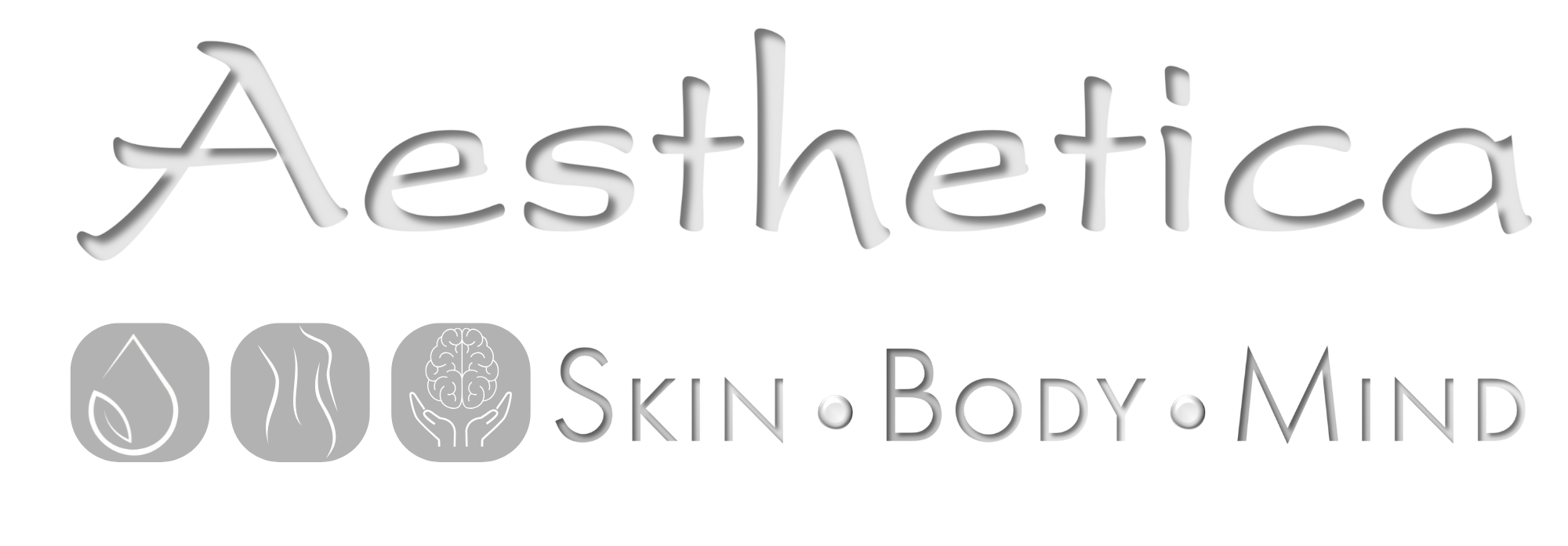Fusion plasma technology can effectively remove all types of moles, skin tags, warts, and verrucas. The voltaic arc dermabrasion technique (atmospheric plasma) applied at Aesthetica Skin Centre is considered to successfully remove lesions, especially relatively superficial ones, and small lesions located on the face or body. Our technology uses a fusion plasma device by applying the principle of ionised gases in the air to get a small electrical arc similar to a flash of tiny lightning. This micro lightning will cause a very targeted and localised ablation of a very thin skin tissue layer. The effect of the micro lightening is the ablation of the top layers of the skin. The unsightly and unwanted skin lesions such as moles, skin tags or warts can be removed quickly and easily using this advanced cosmetic procedure based on a technique using micro lightning frequency. The method works whereby a fine probe can cauterise the blood supply, which gives the blemish its life source. Moles, skin tags and warts respond exceptionally well to this procedure, again with 100% success. This treatment has cut down the cost of many procedures that were before invasive and expensive.
References:
Scarano, A., Bertuzzi, G.L., Brandimarte, B., Carinci, F., Lucchese, A., (2012) Treatment of xanthelasma palpebrarum with voltaic arc dermoabrasion. Int J Immunopathol Pharmacol. 1:17–22.Collections: Body Procedures, Facial Procedures, Home page, Skin Lesions and Veins
